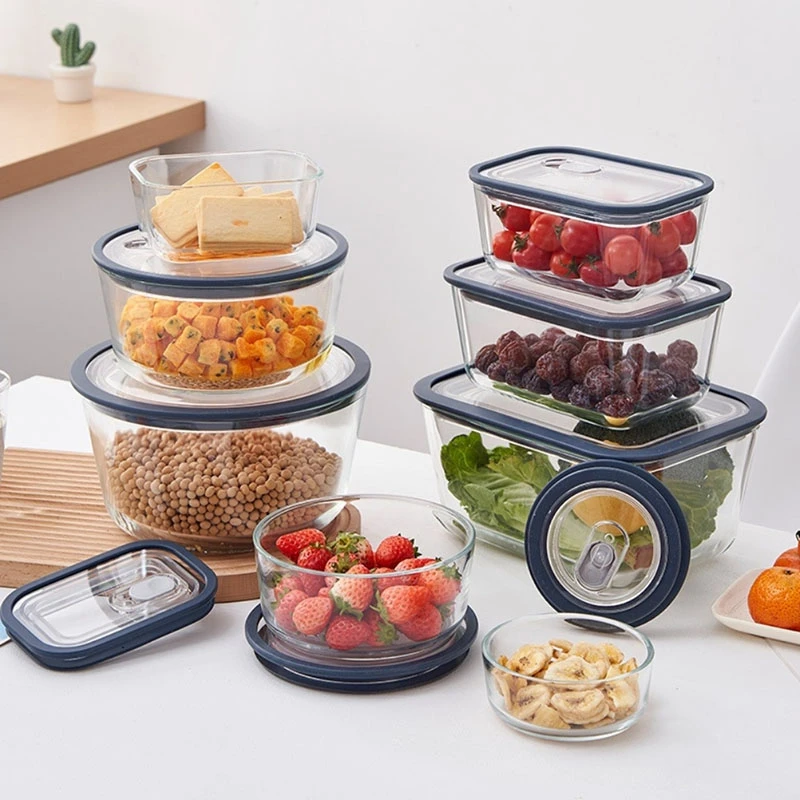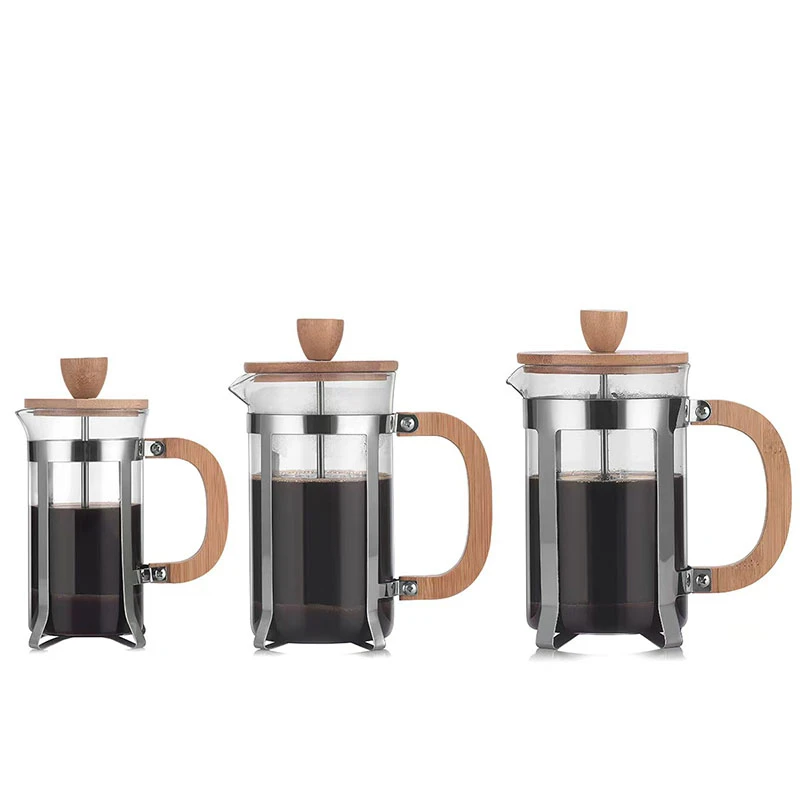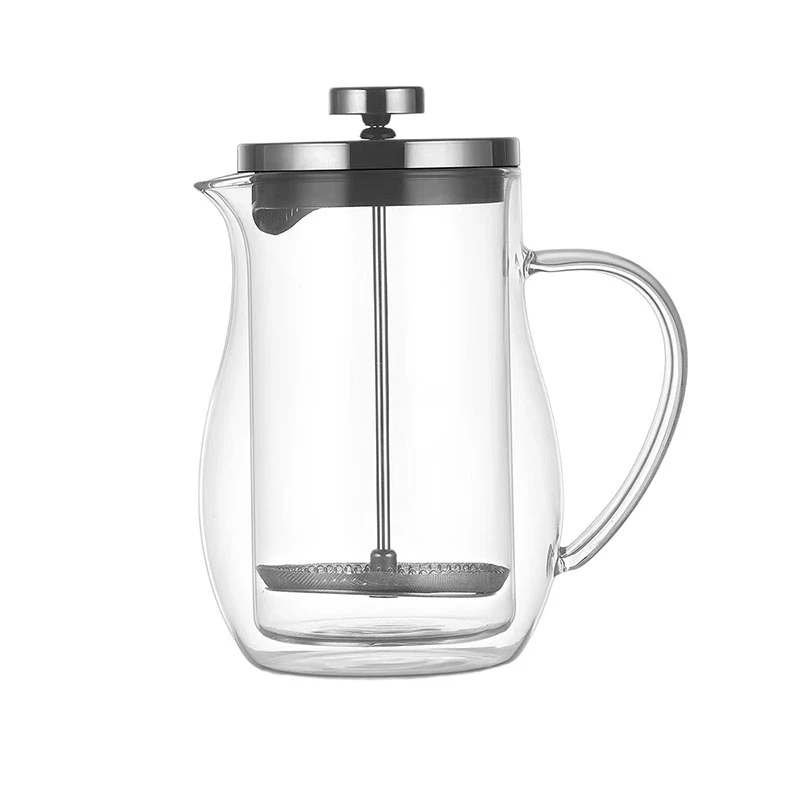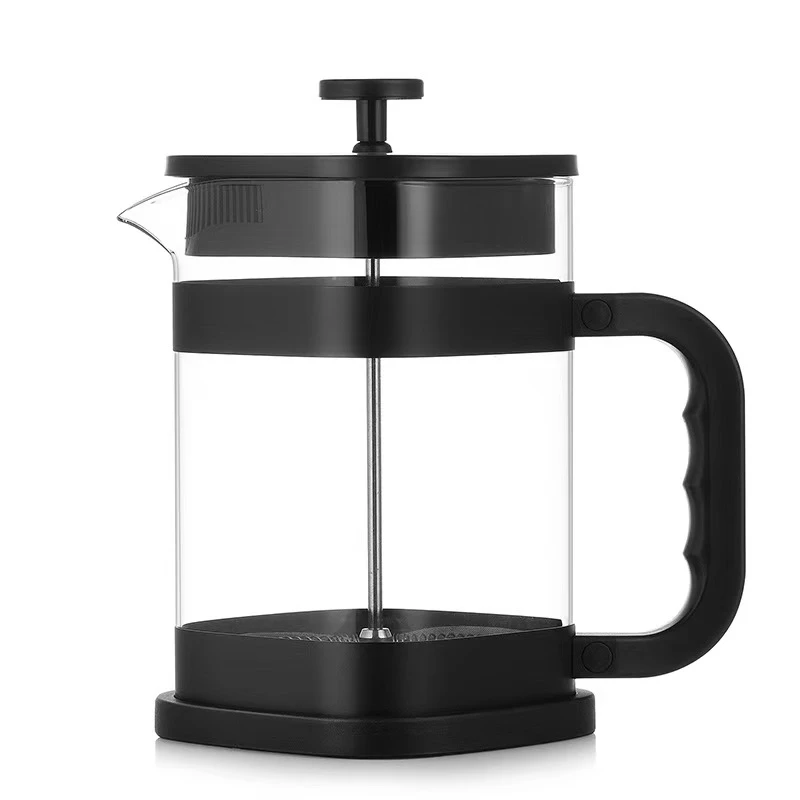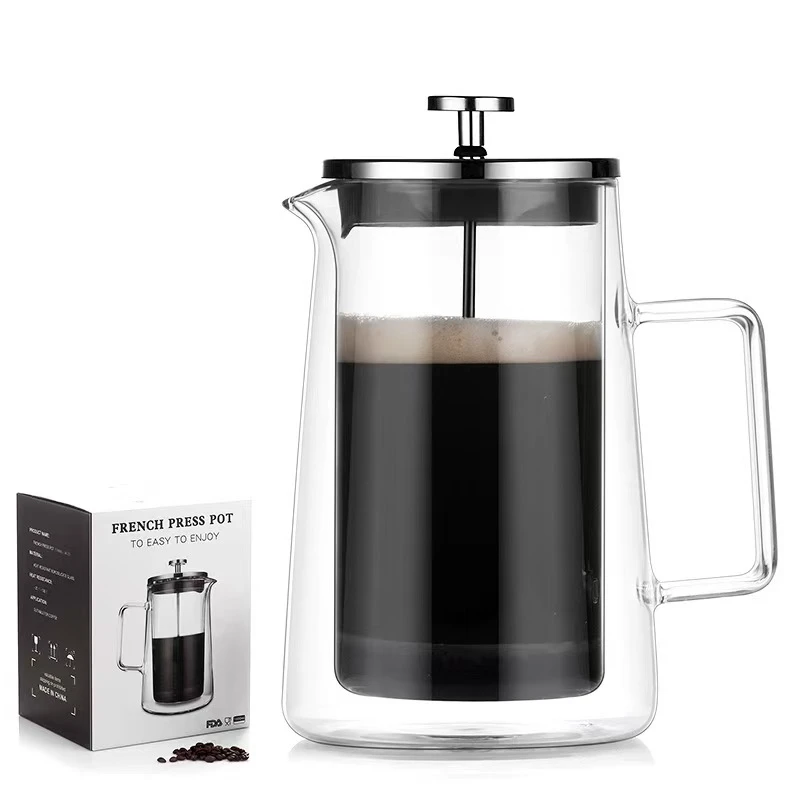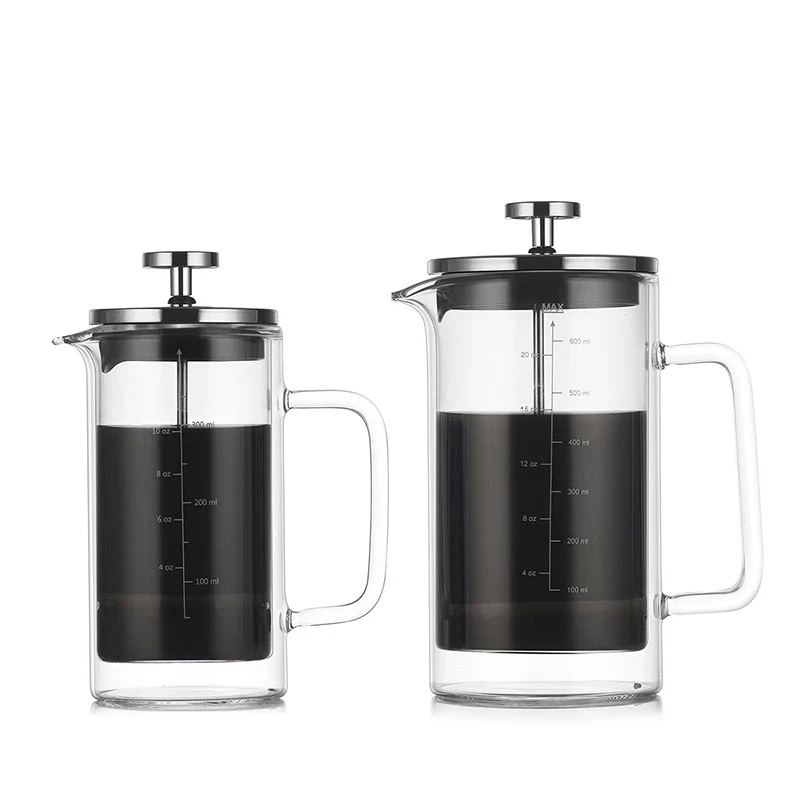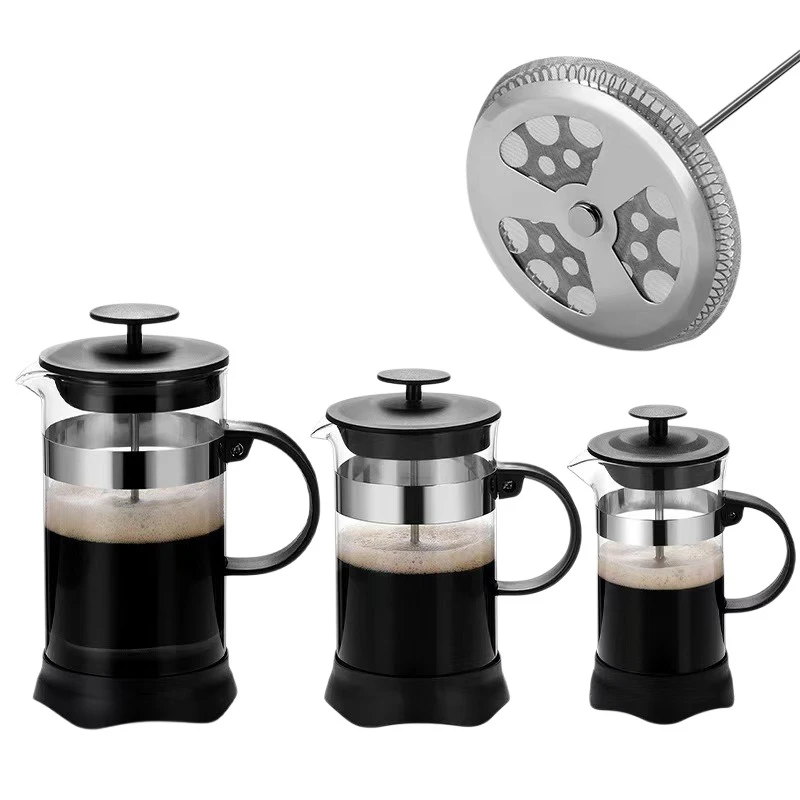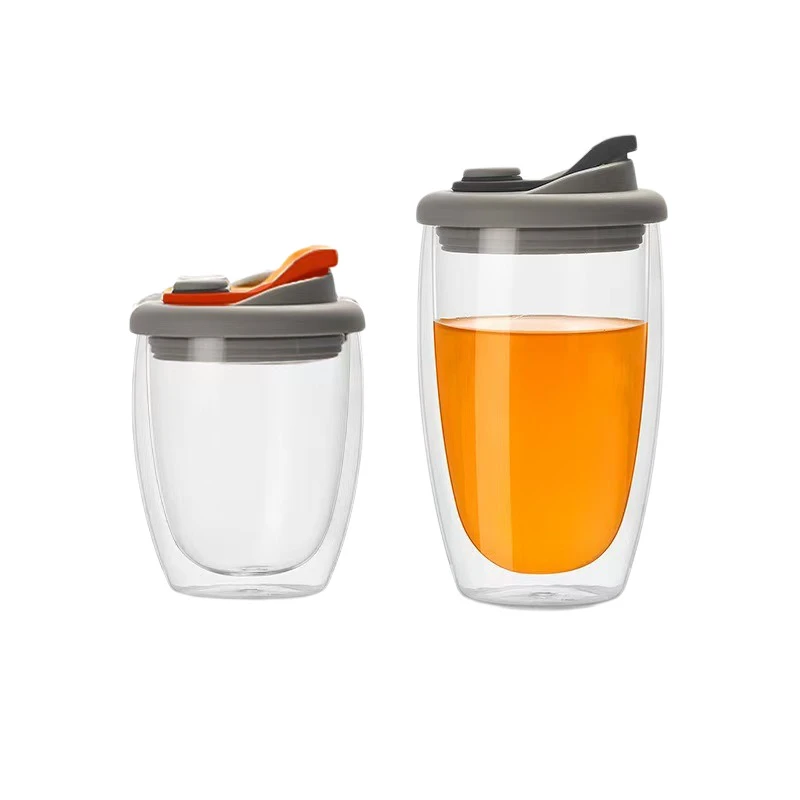 TEL: +86 311 67799298
TEL: +86 311 67799298 Email: tina@yintoglassware.com
Email: tina@yintoglassware.com
- Afrikaans
- Arabic
- Armenian
- Belarusian
- Bosnian
- Croatian
- Czech
- Danish
- Dutch
- English
- Esperanto
- Finnish
- French
- Frisian
- Galician
- Georgian
- German
- Greek
- hawaiian
- Hindi
- Hungarian
- Icelandic
- Indonesian
- Italian
- Japanese
- kazakh
- Korean
- Kyrgyz
- Latin
- Latvian
- Lithuanian
- Luxembourgish
- Norwegian
- Persian
- Polish
- Portuguese
- Romanian
- Russian
- Scottish Gaelic
- Serbian
- Slovak
- Slovenian
- Somali
- Spanish
- Swahili
- Swedish
- Thai
- Turkish
- Ukrainian
- Vietnamese
Price of a 1-liter glass bottle for beverages and drinks
The Price of a 1 Liter Glass Bottle An Analysis
In the modern marketplace, consumer goods come in various shapes, sizes, and materials. Among these, glass bottles have maintained their prominence, especially in the beverage industry. The focus of this article is on the price of a 1-liter glass bottle and the factors that influence its cost.
Market Overview
Glass bottles are widely recognized for their durability, recyclability, and ability to preserve the quality of their contents. As a result, they are often the container of choice for many products, from fine wines to health-conscious juices. The price of a 1-liter glass bottle can vary significantly based on several parameters, including design, manufacturing process, brand, and market demand.
Factors Influencing Price
1. Material Costs The primary component of glass bottles is silica, which is derived from sand. Fluctuations in the environmental and economic factors involved in sand extraction can impact the cost of raw materials. Furthermore, the production of glass requires significant energy input, contributing to the overall expense.
2. Manufacturing Processes The method of production can also influence pricing. Glass bottles can be produced through various techniques, such as blow molding, press molding, and even 3D printing in certain cases. Each method has its cost implications, affecting the final retail price of the bottle.
3. Design and Customization A 1-liter glass bottle can be found in various designs, from simple cylindrical shapes to complex, artistically appealing forms. Customization options, such as embossed logos or unique colors, can significantly increase manufacturing costs. Premium brands often invest in unique designs to differentiate themselves in a saturated marketplace, leading to higher retail prices.
1 liter glass bottle price

4. Brand Positioning Established brands can command higher prices due to consumer perception and loyalty. A glass bottle from a reputed beverage company may cost significantly more than a generic brand's equivalent. This perceived value often correlates with quality, advertising efforts, and brand equity.
5. Environmental Factors The increasing emphasis on sustainability and eco-friendliness has propelled glass bottles into the limelight as a preferable alternative to plastic. Many consumers are willing to pay a premium for products that align with their values, and this trend can drive up the prices of glass bottles.
Price Range
The retail price for a standard 1-liter glass bottle typically ranges from $1 to $5, depending on the above-mentioned factors. For instance, a generic unbranded glass bottle may retail for around $1, while a designer or specialty brand might sell its unique bottle for upwards of $5 or more. The burgeoning market for organic and health-related beverages also encourages higher prices, as consumers are more inclined to choose glass containers that reinforce the purity of the contents.
Conclusion
In summary, the price of a 1-liter glass bottle is determined by a confluence of factors, including raw material costs, manufacturing techniques, design intricacies, brand reputation, and environmental considerations. As sustainability continues to gain traction among consumers, the demand for glass bottles is likely to rise, potentially influencing their prices in the future.
Whether for socio-environmental reasons or practical considerations in preserving product quality, consumers are increasingly drawn to glass bottles. Consequently, businesses must navigate the complexities of glass bottle pricing while remaining cognizant of market trends and consumer preferences. The interplay of these elements not only affects the pricing strategy but can also shape brand identity and long-term success in the beverage industry.
In an age where choices abound, the humble glass bottle demonstrates that even the simplest of consumer goods can reflect broader economic patterns and consumer sentiments. As the world continues to evolve, so too will the narratives surrounding products like the 1-liter glass bottle, making it a fascinating subject for further exploration.
-
Unparalleled Convenience by High Borosilicate Glass Bottle with a Cork LidNewsJul.17,2025
-
The Versatility and Convenience of Glass Salad Bowl SetsNewsJul.17,2025
-
The Practical Wide Application of High Borosilicate Glass Food Storage ContainerNewsJul.17,2025
-
High Borosilicate Colored Glass Bowl VS Soda-Lime Glass and Tempered GlassNewsJul.17,2025
-
Creativity with Customized Colored Glass Dinnerware Sets for SaleNewsJul.17,2025
-
Advantages Analysis of Double Wall French PressNewsJul.17,2025


